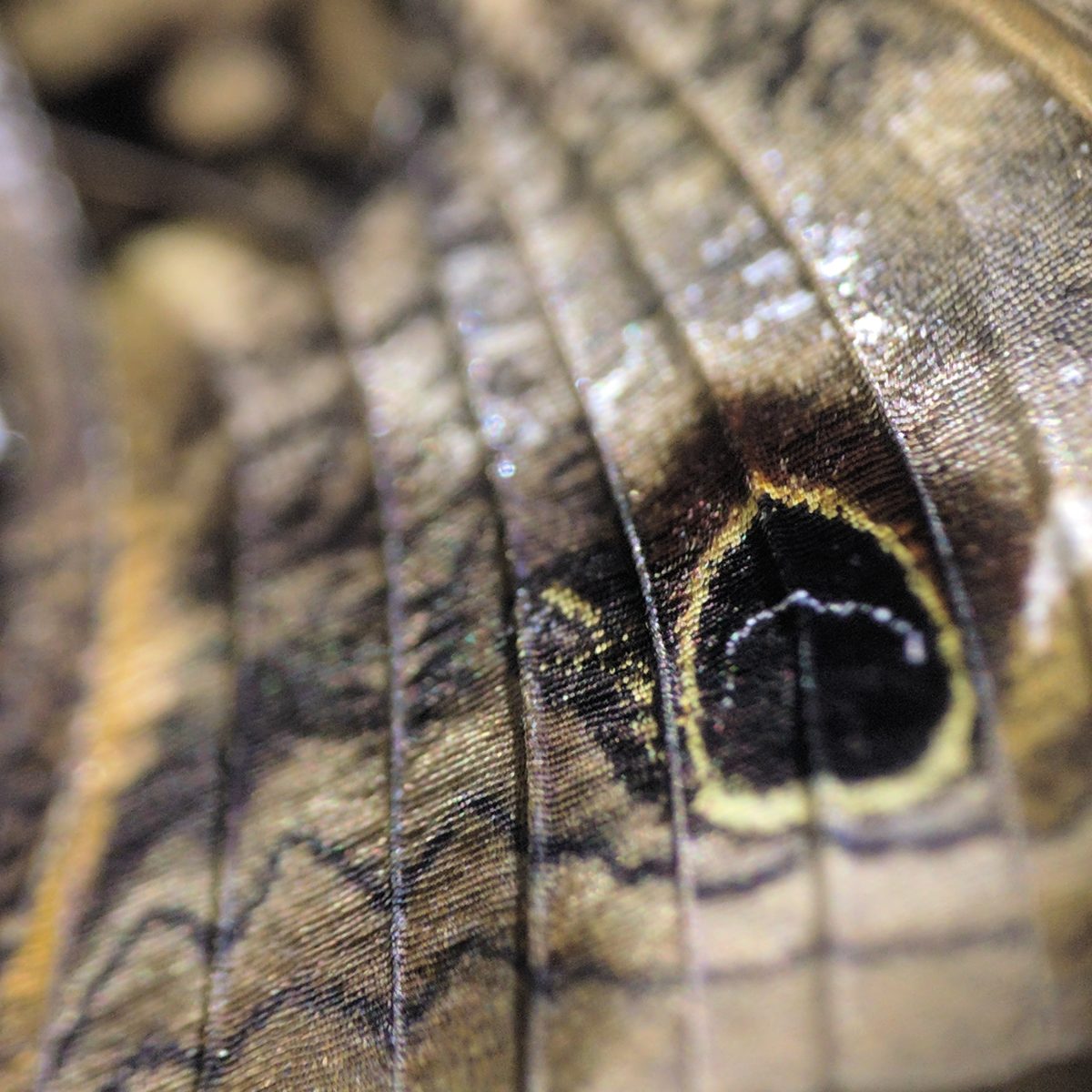The Strength of Natural Selection in the Wild
Like Hell itself, Darwin’s theory of evolution is often said to be protected by walls that are at least seven miles thick, in that it is not only true, but unassailable. It is a considerable irony, therefore, that some of the most cogent criticisms of Darwin’s theory are the result of work undertaken by very orthodox members of the biological establishment itself. Such criticisms are inevitably designated as calls for further research. They are, nonetheless, what they are.
A recent study by J.G. Kingsolver et al (hereinafter Kingsolver) entitled “The Strength of Phenotypic Selection in Natural Populations,” published in the March 2001 issue of The American Naturalist, is an interesting example. It is field studies of natural selection that is at issue in this study. Such studies are addressed to living species under natural conditions, and it comes as something of a surprise to learn that despite very long-standing claims by evolutionary biologists to have established the robust viability of natural selection as a biological force, the overwhelming number of such studies have been conducted only in the past fifteen years.
Kingsolver’s study is second-order in nature: It analyses and discusses sixty three field studies dealing with sixty two species that have been reported in the literature since the publication of J.A. Endler’s well-known monograph, Natural Selection in the Wild, published in 1986.
The statistical methods by which Kingsolver proceeded are simple to the point of triteness. One the one hand, there are a series of quantitative biological traits, chiefly morphological in nature; and on the other hand, certain quantitative measure of fitness. Beak length in finches is a typical morphological trait, and survival, mating success or fecundity typical measure of fitness. Using the methodology first introduced by R. Lande and S. J. Arnold in their 1983 study, “The Measurement of selection on correlated characteristics,” published in Evolution, 37, Kingsolver proposed to define selection in terms of the slope of the regression between a quantitative trait of interest and specific measures of fitness. This provides an estimate of the strength of selection.
Natural selection disappears as a biological force and reappears as a statistical artifact. The change is not trivial. It is one thing to say that nothing in biology makes sense except in the light of evolution; it is quite another thing to say that nothing in biology makes sense except in the light of various regression correlations between quantitative characteristics. It hardly appears obvious that if natural selection is simply a matter of correlations established between quantitative traits, that Darwin’s theory has any content beyond the phenomenological, and in the most obvious sense, is no theory at all.
Be that as it may, the real burden of Kingsolver’s study lies in the quantitative conclusions it reaches. Two correlations are at issue. The first is linear, and corresponds to what in population genetics is called directional selection; and the second quadratic, and corresponds either to stabilizing or disruptive selection. These are the cornerstones of the modern hill and valley model of much of mathematical population genetics. Kingsolver reported a median absolute value of 0.16 for linear selection, and a median absolute value of 0.10 for quadratic selection. Thus an increase of one standard deviation in, say, beak finch length, could be expected to change fitness by only 16 percent in the case of linear selection, and 10 percent in the case of quadratic selection. These figures are commonly understood to represent a very weak correlation. Thus if a change in the length of a beak’s finch by one standard deviation explains 16 percent of the change in the population’s fitness, 84 percent of the change is not explained by selection at all.
These results, although at odds with those reported by Endler, are not in themselves astounding. It is when sample sizes pass beyond samples of 1000 that results become far more difficult to accommodate, for under these circumstances, Kingsolver reported, both linear and quadratic selection were virtually non-existent.
The significance of these results is, of course, not entirely clear. Kingsolver goes no further than observing that “important issues about selection remain unresolved.” Considering the fundamental role of both linear and quadratic selection in population genetics and in popular accounts of Darwin’s theory, one of those “unresolved” issues may well be whether natural selection exists to any appreciable extent, and if it does, whether it plays any real role in biological change altogether.
These considerations may assume some importance when it comes to assessing the widely repeated claim that Darwin’s theory is as well-established as physical theories such as general relativity or quantum mechanics.
